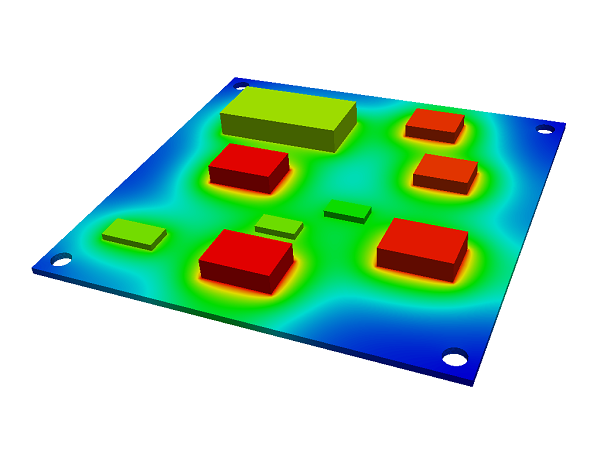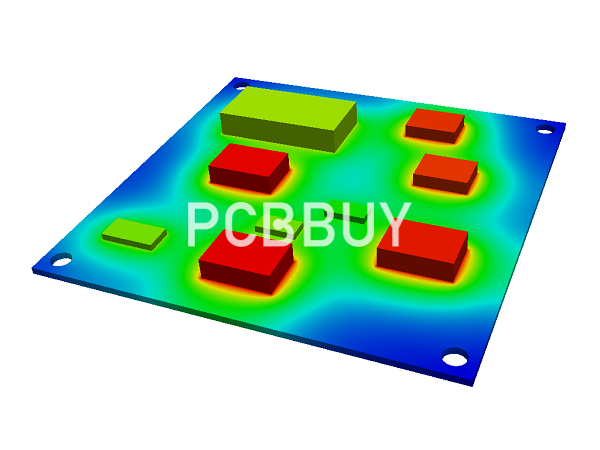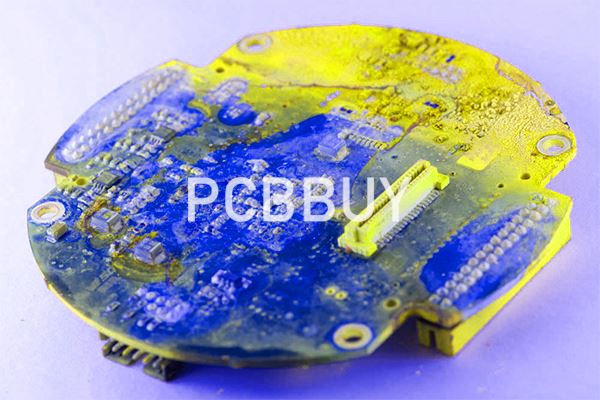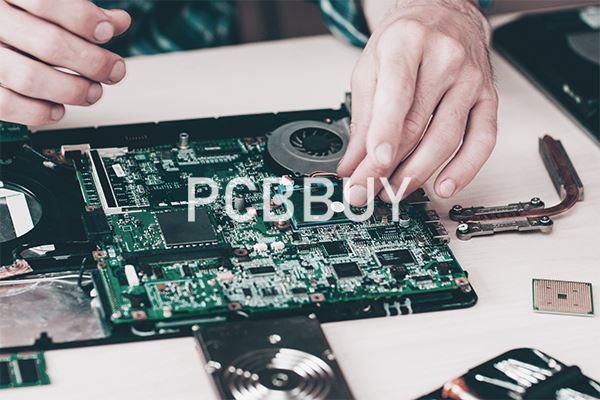What to Use PCB Heat Dissipation Techniques to Protect Board?
By:PCBBUY 03/15/2022 09:44

Each working component will act as a heat source, and it is unavoidable that the temperature of your board will increase during operation. As a result, you need to have a strategy to remove heat from active components and spread it throughout your circuit board in order to keep your component temperatures within acceptable limits.
Do you know how to protect the PCB using PCB heat dissipation techniques? If you are searching for more information about PCB heat dissipation techniques, please check and read the content below for professional knowledge.

Why to process PCB heat dissipation?
Electronic components are all built to operate within a finite temperature range. If the surrounding temperature exceeds the upper limit, the components can break down. Even if it doesn’t break, the excessive heat will negatively affect the component’s performance. For example, an MCU will consume more power at high temperature compared to room temperature.
When electronic components are exposed to excessive heat over a prolonged period, their lifespan shortens. Generally, an increase of 10°C will decrease the lifespan of electronics by half. If you’re negligent in your utilization of PCB heat dissipation techniques, you’ll soon face the issues related to premature component failures.
It shouldn’t come as a surprise that electronics that require more power to operate will generate more heat. Components like voltage regulators, microcontrollers, and power transistors are all known to heat up when the load current increases. These are just a few examples but there are many more.
How to reduce heat resistant?
A low thermal resistance ensures that the heat is transferred through the material much faster. This resistance is directly proportional to the length of the thermal path and inversely proportional to the cross-sectional area and thermal conductivity of the thermal path.
Where
· t is the thickness of the material
· K is the thermal conductivity factor
· A is the cross-sectional area

What are the common PCB heat dissipation techniques?
As electronics become more powerful while PCBs get smaller, heat dissipation techniques are more important than ever. Here are a few proven techniques:
Thermal Via Arrays
You can turn a PCB into an onboard heat sink by incorporating thermal via arrays over copper-filled areas, as shown above. The idea behind doing so is to have heat flowing from components to the copper area and dissipating through the air from the vias. Usually, thermal via arrays are used for power management modules and components with thermal pads.
When implementing thermal via arrays, remember that it needs to have a reasonably large diameter, in the region of 0.1 mm, for the heat to be dissipated effectively. Also, ensure the vias are not thermal-relief pads but padded holes that are connected to the copper area at all sides. Increasing the number of thermal vias further helps with heat dissipation.
Use Wider Traces
Copper traces that conduct high currents build up heat. Therefore, it is important to increase the width of the trace to maximize heat dissipation to the air. Doing so also reduces the thermal resistance of the trace and reduces heat spots.
Use Heatsinks and Cooling Fans
Passive heat dissipation techniques like thermal via arrays may not be enough if the PCB produces more heat than can be reasonably dissipated. In such circumstances, you’ll need to include heatsinks and fans in the design.
Heatsinks are attached to components that generate the most heat, usually voltage regulators, CPUs, MCUs, and power transistors. The heatsinks are either screwed onto the PCB or left exposed to the air. In an enclosed design, a cooling fan is installed to displace that hot air into the environment.

Heat pipe integration
Heat pipes are cooling devices recommended for higher temperatures applications such as in rockets, satellites, and avionics. The heat pipes are mostly available in a hollow cylindrical shape, but it can be made into any shape conveniently.
Heat dissipated from various devices is transferred to the liquid inside the heat pipe and vaporizes the liquid. The vaporized liquid condensate at the condenser end and returns to the evaporator through the wick structure by capillary action. This cyclic process ensures the dissipated heat to flow away from the PCB.
Designers should consider a heat pipe that entirely covers their heat source and should be able to bend as per your design requirements. There is a wide range of heat pipe working fluids available, from cryogens to liquid metals. Working fluid selection depends on the temperature range of the circuit and the fluid’s chemical compatibility with the container and the wick of the heat pipe.
Industry Category











